Peony Types
Types of Blooms

Single Peony
SINGLE peonies are composed of a few broad petals, a single row of which surrounds a mass of pollen-bearing stamens and see-bearing carpels.
Examples: Athena, Krinkled White, Scarlett O’Hara, Sea Shell.

Japanese
JAPANESE-type blooms the doubling process has begun. The filaments of the stamens have broadened and the anthers have become extremely large.
Examples: Bouquet Perfect, Madame Butterfly, Nippon Beauty, Sword Dance.
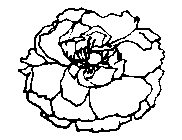
Semi-Double
SEMI-DOUBLE flowers contain filaments which have widened irregularly, making petaloids of varying widths throughout which stamens are mixed. The guard petals may or may not be clearly differentiated.
Examples: Buckeye Belle, Coral Charm, Miss America, Paula Fay.
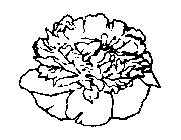
Bomb-Type
BOMB-type flowers have petaloids derived from both carpels and stamens with are much broader, without any crown, but still are clearly differentiated from the guard petals.
Examples: Angel Cheeks, Mister Ed, Red Charm, Raspberry Sundae.
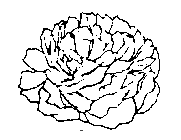
Full Double
FULL DOUBLE blooms complete the process of doubling. All the stamens and carpels have developed into petals resembling the guard petals.
Examples: Ann Cousins, Kansas, Paul M. Wild, Tourangelle.
HERBACEOUS PEONIES
Herbaceous Lactifloras and Hybrids (also known as bush peonies) die to the ground in Winter. They re-emerge in March, or when the snow melts. Many find that they are deer resistant, but not
always. Peonies are long lived, minimal care plants.
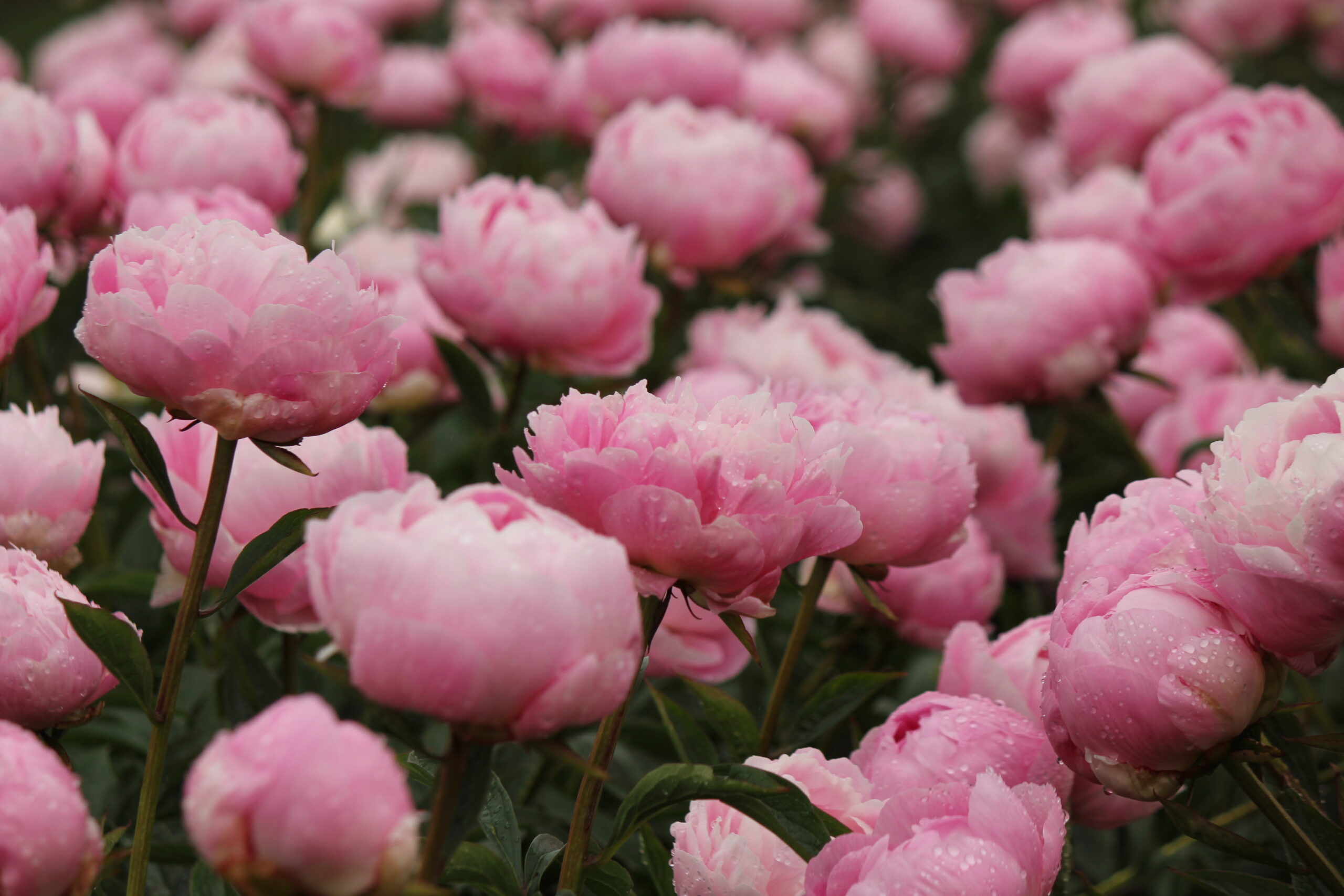
Herbaceous Lactiflora Peony
Lactifloras are the most common species of peonies, found in nurseries. They are native to China. Most lactiflora cultivars produce sidebuds.
Herbaceous Hybrid Peony
Hybrids are crosses between two or more species. They bring additional colors, foliage types, and earlier bloom season. Most hybrids produce only one bloom per stem.

Woody/Tree Peony
Woody or Tree peonies are called tree peonies for the woody stems that they have. Tree peonies have woody stems that loose their leaves in the fall, but the woody stems you do not cut down, the stems stay above the ground exposed during the winter. They tend to bloom earlier and with larger flowers than the bush peony. They are generally slow to increase. Some are sold as named varieties; however, they are frequently sold by color. Tree peonies can have a height as little as 20″ tall, all the way up to over 8′ tall, depending on the plant habit, maturity, and pruning.
All of our tree peonies are field grown on their own roots. Some other growers use a quick way to increase tree peonies by grafting a piece from the tree peony parent plant onto a piece of herbaceous root to provide a quick-start energy supply for the tree peony. Sometimes the vigorous herbaceous root takes over to the detriment of the tree peony. In some cases, the herbaceous peony will come up and bloom beside the tree peony. Own-root peonies are also an advantage if the top is damaged by serve freezing or accidental cut down- the roots will send up more buds and stems that will be the same variety as planted.
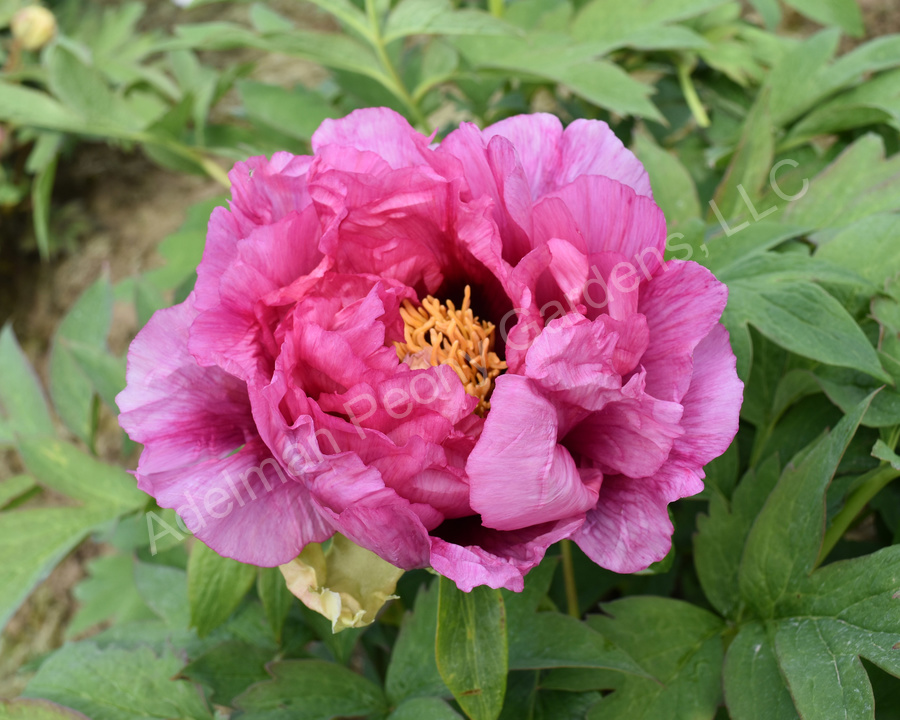
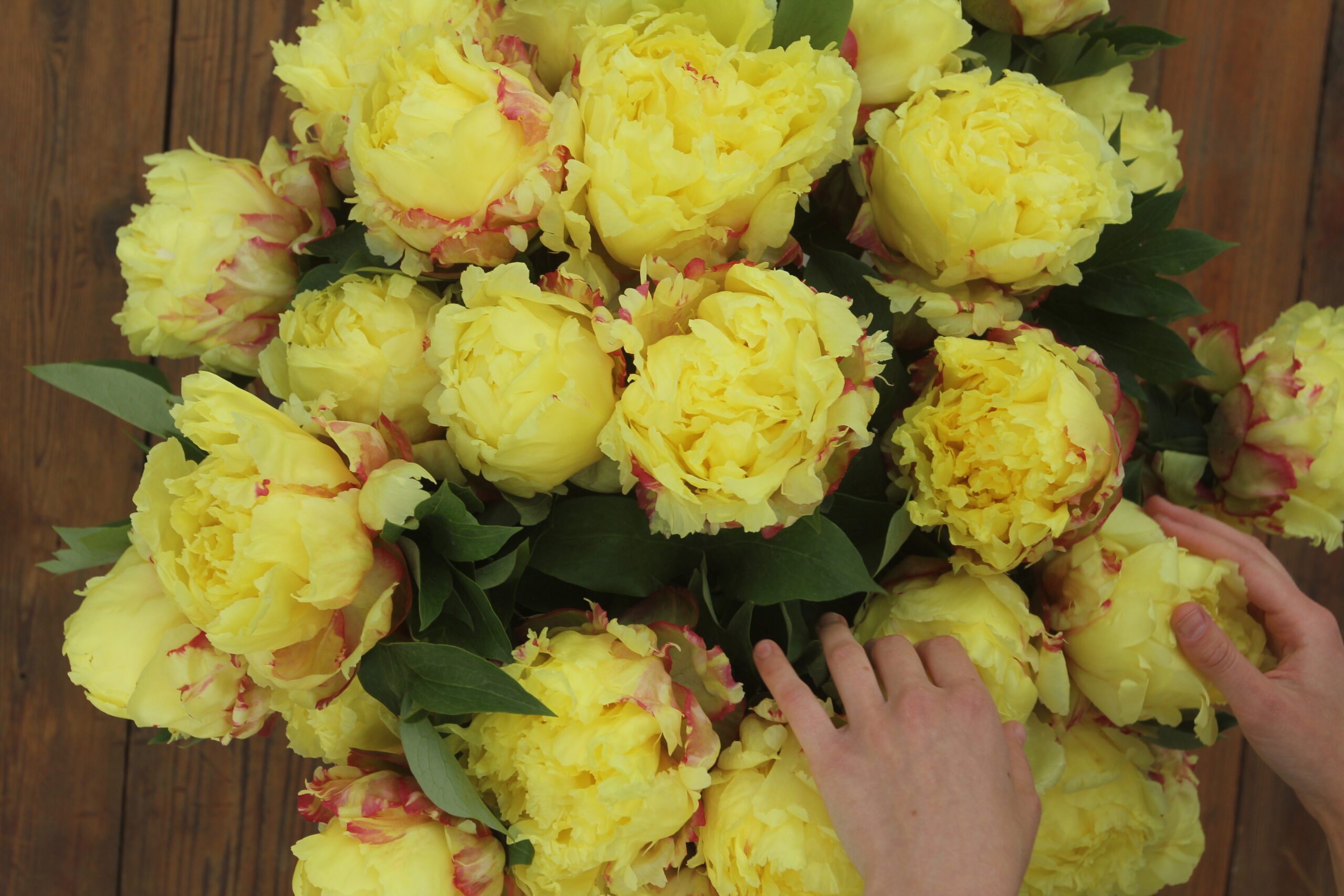
Intersectional/Itoh Peony
Intersectional peonies which are also known as Itohs, are a cross between the herbaceous (or bush) peony and the tree peony. These crosses have produced new, exciting colors. The plants have the lovely leaf form of the tree peonies, but die to the ground in the Winter. The plants are strong and healthy with a nice rounded bush form, generally shorter than most bush peonies.